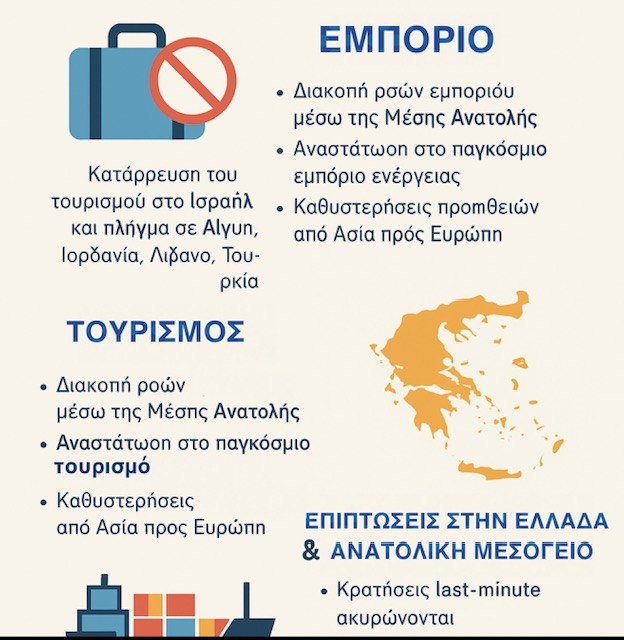Mosquitoes: annoyance or serious risk

In listening to the word « mosquitoes » most of us will think of a kind of nuisance sometimes while we sleep and sometimes in some of our daily activity.
But how much are we in danger of them? What diseases do they transmit to humans and how likely are we to get sick of a single sting?
These critical and extremely timely – as mosquito activity has already begun to hit red in our country, due to the start of the summer period – questions are coming to answer the National Public Health Organization (EDY) experts.
They are, however, emphasized that it is important for all of us to take the necessary protection measures, as the best approach is prevention.
It is worth noting that the types of mosquitoes recorded in Greece are about 60. Of these, only some (<10 species) are a risk to public health (mosquitoes-transmitters).
What does this mean?
That they can transmit diseases such as West Nile virus. It is recalled, however, that in recent years scientists around the world – such as the European Center for Disease Control and Prevention (ECDC) – warn that increasing mosquito populations favored by climate change can bring about an increase in other outbreaks, such as fever, while in the list of fever, while in the list of fever, Only) include Zika virus, tsikunguns and malaria.
However, to this day, the main diseases found in Greece and related to mosquitoes, as emphasized by ERYY experts, are the West Nile virus and malaria. The following text explains the mechanism of their mosquitoes to humans and give citizens useful advice to protect themselves from stinging.
West Nile virus.
The West Nile virus (IDN) is a zoonos that is mainly circulated between birds and mosquitoes.
Birds make up the natural tank of the virus while mosquitoes (especially the genus CULEX) infected when they are stingy infected birds and then they can transmit the virus to other birds or random to humans and horses.
Man does not transmit the virus further and is considered a « dead end host ».
In Greece, the virus appeared in 2010 and since then there have been cases almost every year, mainly in summer and autumn.
Specifically, over the last 15 years, a total of 2,088 domestic cases of infection (with an average annual number of 145 cases per year) have been identified, of which 1,471 (70%) presented events from the central nervous system and have recorded a total of 292 deaths in hospitalized patients.
During the 2024 period last year, a total of 220 domestic cases of infection in Greece (of which 157 with events from the central nervous system) and 35 deaths were recorded in patients with virus infection.
Prevention is based on avoiding mosquito bites and controlling their populations by the competent authorities. EDYI supervises the epidemiological image and intervenes with updates of local government and the public systematically.
Malaria in Greece.
Malaria is a parasitic disease transmitted through mosquito bites Anopheles.
The disease is not circulated in Greece, but is introduced by infected people who have been infected with a foreign country (endemic countries).
The mosquitoes of the genus Anopheles They can pinch an infected person and transmit malaria to other people (who did not travel) causing local transmission.
In Greece, malaria was eliminated or expanded in 1974, implementing an intensive and painful fight program for many decades (1946-1960). Since then only imported cases of malaria have been recorded. However, since 2009 there have been mainly sporadic cases of local broadcasting with the exception of the years 2011-2012 where they were recorded.
Prevention includes surveillance of vulnerable populations, early diagnosis and fighting mosquitoes. EDY is systematically implemented action plans to prevent the resettlement of the disease in the country.
Individual protection measures. Experts recommend that citizens keep individual mosquito protection measures throughout the territory and throughout the mosquito circulation period.
- The most important measure is to limit or eliminate stagnant water around our homes. Any amount of water, small or large, can be mosquito breeding.
- Placement of sketches in windows and other openings. This mechanism prevents mosquitoes (and other insects) from entering the interior of our home.
- Use of approved insect repellent (approval by the Ministry of Rural Development and Food – YPAT). Proper use protects us from hemimyzic insect bites.
- Use of air conditioners or fans. In general, the air prevents insects from being active.








